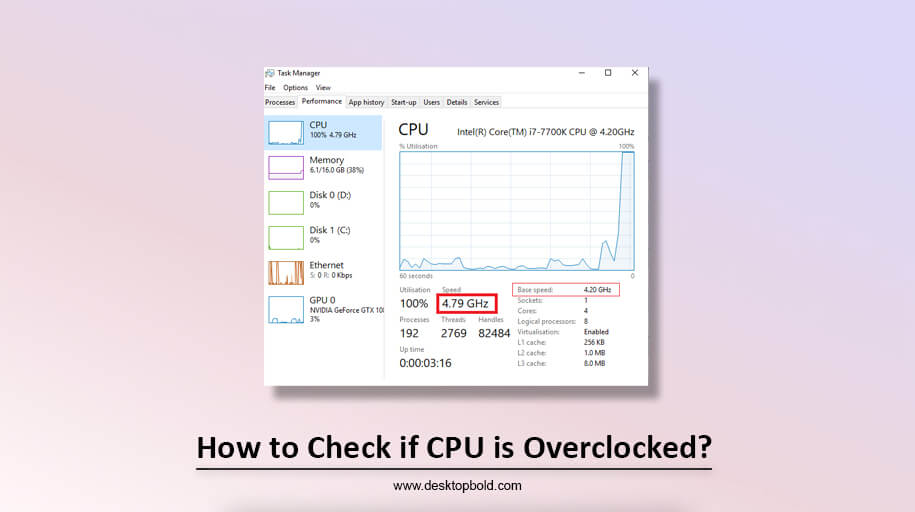Computers’ “brains,” called central processing units (CPUs), are incredibly complex and crucial. Do you understand that the CPU is cost-effective? That is the case! You may be interested if there is a fast process for sending a CPU. Here are some recommendations from us for you!
Learning the best ways to package, prepare, and ship a central processing unit is essential. It’s simple to become overwhelmed by all the data available, so we’ve done all the legwork and compiled a comprehensive guide about How to ship a CPU. We are learning to think like your central processing unit and finding out what it requires. The simplest and most secure way to transport a central processing unit is detailed in this post.
Packaging Your CPU

Using appropriate packing material to protect your CPU is the first step. Pack your processor securely using cardboard, Styrofoam, or aluminium foil. The technological and delicate components of the unit need to be safeguarded by sturdy wrapping.
How to Safely transport a CPU?
After putting your main computer into its packaging, you should choose a box to transport it. Ensure a CPU arrives safely; it should be shipped in its original packaging wherever possible. Failing that, another secure package of the same size should suffice.
Shipping Your Processor
The final phase, shipping your processor, is complete. Obtain a suitable shipping container and dispatch the package using the carrier of your choice. Different shipping methods are covered in this tutorial. You can choose the most appropriate shipping method by carefully considering your requirements.
How to Package a Central Processor?

Choosing the suitable material and procedures to package a CPU for shipping is crucial to preventing any internal or external damage to the CPU during transit.
You have complete control over the material used for the enclosure of your central processing unit. Still, you should pay special attention to the tightness of the seal around your section. The processor may be damaged in shipment if the box has extra space.
The two most outstanding options for protecting your processor during transport are:
A Cardboard Box
As far as I can tell, cardboard is still the industry standard for encasing central processing units. The cardboard’s inherent strength makes it an excellent choice for protecting your central processing unit. Additionally, it safeguards your computer’s brain by keeping moisture out.
First, you’ll need to cut a piece of cardboard to the precise dimensions of your CPU before you can begin packing it with cardboard. Afterwards, place the CPU inside the cardboard and secure it with tape or glue. Place your CPU into the shipment box, sealed side up.
Anti-static Plastic Bags
We advise using anti-static plastic bags to store your central processing unit. When placed above a central processing unit, these bags prevent them from being damaged by static electricity. You may get them cheaply on the web.
This method of CPU packaging requires cutting the plastic bag and using it to cover the CPU. It would be best to wrap it with bubble wrap for safety. The final step in getting your processor ready for delivery is to put it in a sturdy box.
Alternative Options
Computer processors can be packaged in various materials, including Styrofoam and aluminium foil. Although less common and reliable than cardboard or anti-static plastic bags, they are valuable substitutes for getting the job done.
1. Aluminum Foil
Your computer’s central processing unit (CPU) may benefit from the aluminium foil packing offers. Moreover, it shields your CPU from harmful elements like air, water vapour, and ultraviolet light by acting as a solid metal cover.
When stowing your central processing unit (CPU), combine aluminium foil and bubble wrap for the best protection. To transport your processor safely, wrap it in foil and pack it in a box with plenty of bubble wrap.
2. Styrofoam
Styrofoam or foam can make great packaging as an alternative to paper and cardboard. It can withstand much abuse and is excellent at soaking up impact.
To protect your CPU during shipping, cover it with foam and place it in a mailing box or envelope. Be careful to add plenty of bubble wrap and cut the foam to the exact dimensions of your computer’s processor.
How to Safely Store Your Processing Unit?

Storing a CPU in an enclosed, temperature-controlled area is crucial. Keep your processor in its original packaging for maximum protection. Use anti-static plastic bags or a different CPU storage box if you don’t have the original.
To further safeguard your unit, provide cover from the sun’s rays. You can also ask the shipping company to protect it from the sun or other heat sources. Inadequate packaging and careless handling cause the vast majority of package damage during transit.
How to Ship a Processor without Its Box?
Shipping a CPU without the original packaging requires a box of identical size and construction. Space will be left over after inserting the central processor into more oversized packaging. Bubble wrap is used to fill up the remaining space.
Wrap your processor safely in appropriate materials first. Save your time on flimsy materials like plastic, fabric, or paper.
Bubble wraps the chosen box and then sets the packaged device inside. Once you’ve placed the processor inside the box, use bubble wrap to fill any remaining space. Tape the package shut from every angle. Identify what’s inside the sealed container with the correct label. Labelling the box with the sender’s information, the recipient’s address, and other pertinent shipping information is essential before sending the product off.
How to Choose the Shipping Method?
If you’re shipping something as important as a central processor, you must ensure it will be delivered safely and securely. Once your CPU is packaged and ready to ship, you may send it off with your preferred shipping method.
One viable option is using a reputable shipping company to transport your CPU. Most shipping companies will let you know when your package has been delivered and will provide tracking information. On top of that, most delivery providers now offer this information online, streamlining the process.
Your unit can alternatively be sent via ordinary mail as a parcel. Ensure you complete the shipping form with the relevant details before sending the package.
Conclusion
Insightful information on CPU shipping has been gained from this article, and I hope the query about How to ship a CPU has been resolved now. A quick rundown of the high points follows:
- If you follow the guidelines, shipping a CPU is easy and risk-free for everyone.
- Ensure your CPU is securely packaged and won’t move around during transport.
- Perfect CPU delivery requires a sturdy package.
With your newfound knowledge of shipping CPUs, the time is right to put your abilities to the test. Your CPU will be packed and ready to go in no time if you follow our detailed instructions up top.
Frequently Asked Questions
Can I include a CPU cooler in my shipment?
That won’t work, unfortunately. Most processors require having the CPU cooler removed before they can be shipped. The cooler can be kept in isolation and sent in a different shipment. It can be packaged in a bag, a box, or another form of packing.
What Packaging Can I Use To Ship My CPU?
Typically, central processing units (CPUs) are just wrapped in cardboard. Although this works, some shippers prefer to use anti-static bags because they provide a higher level of safety.
Shipping boxes can be anything, from the original packaging to another box of comparable size. If you don’t have one of those, you can always mail your main computer in an ordinary envelope.




